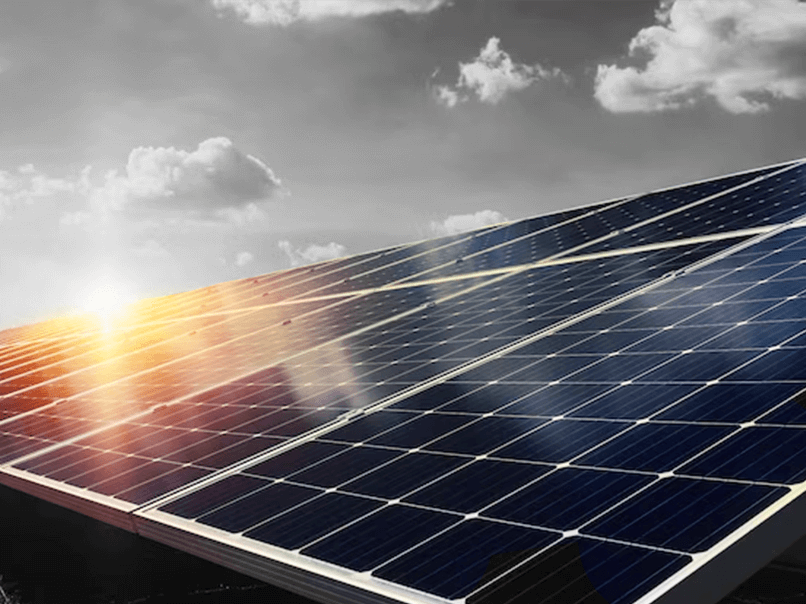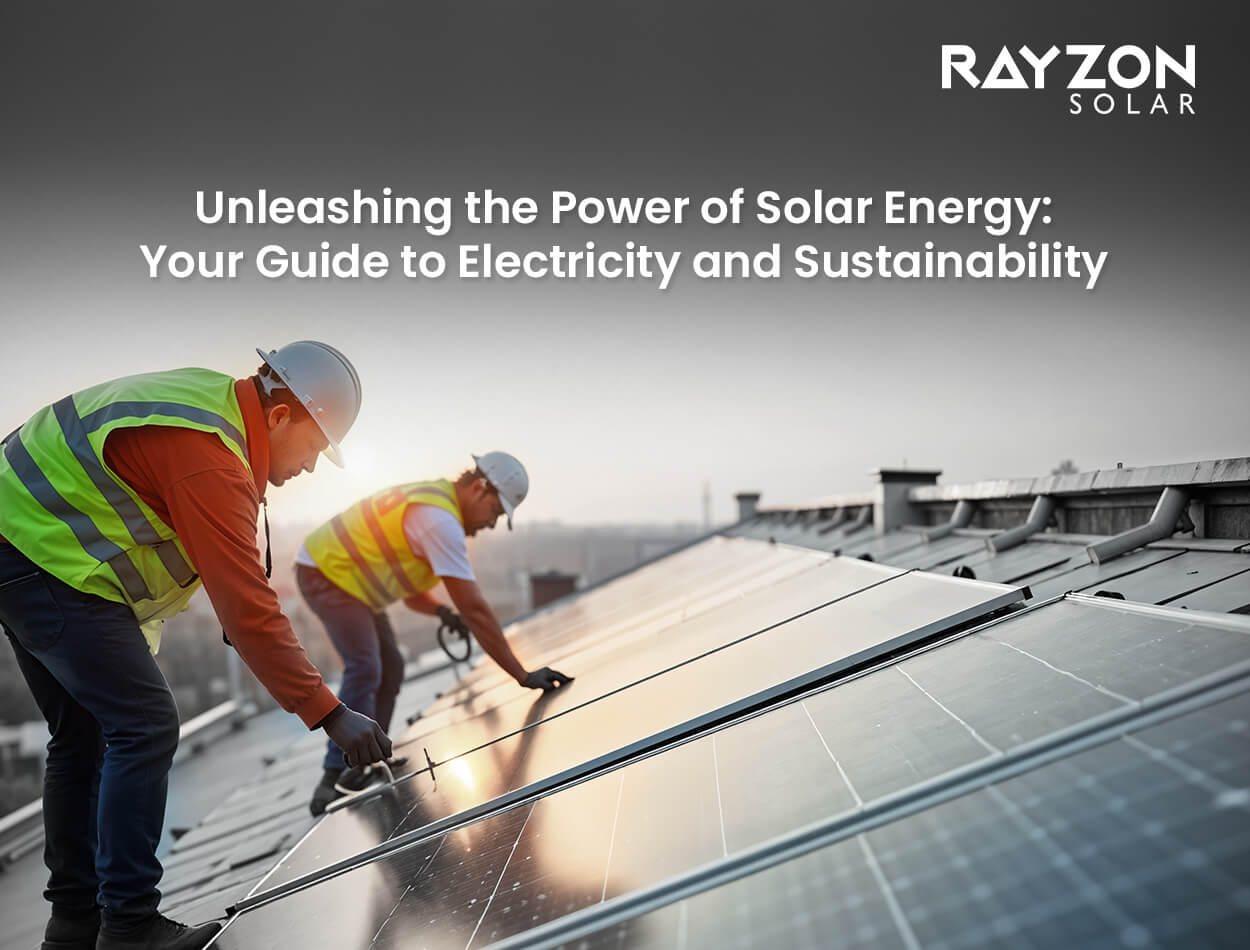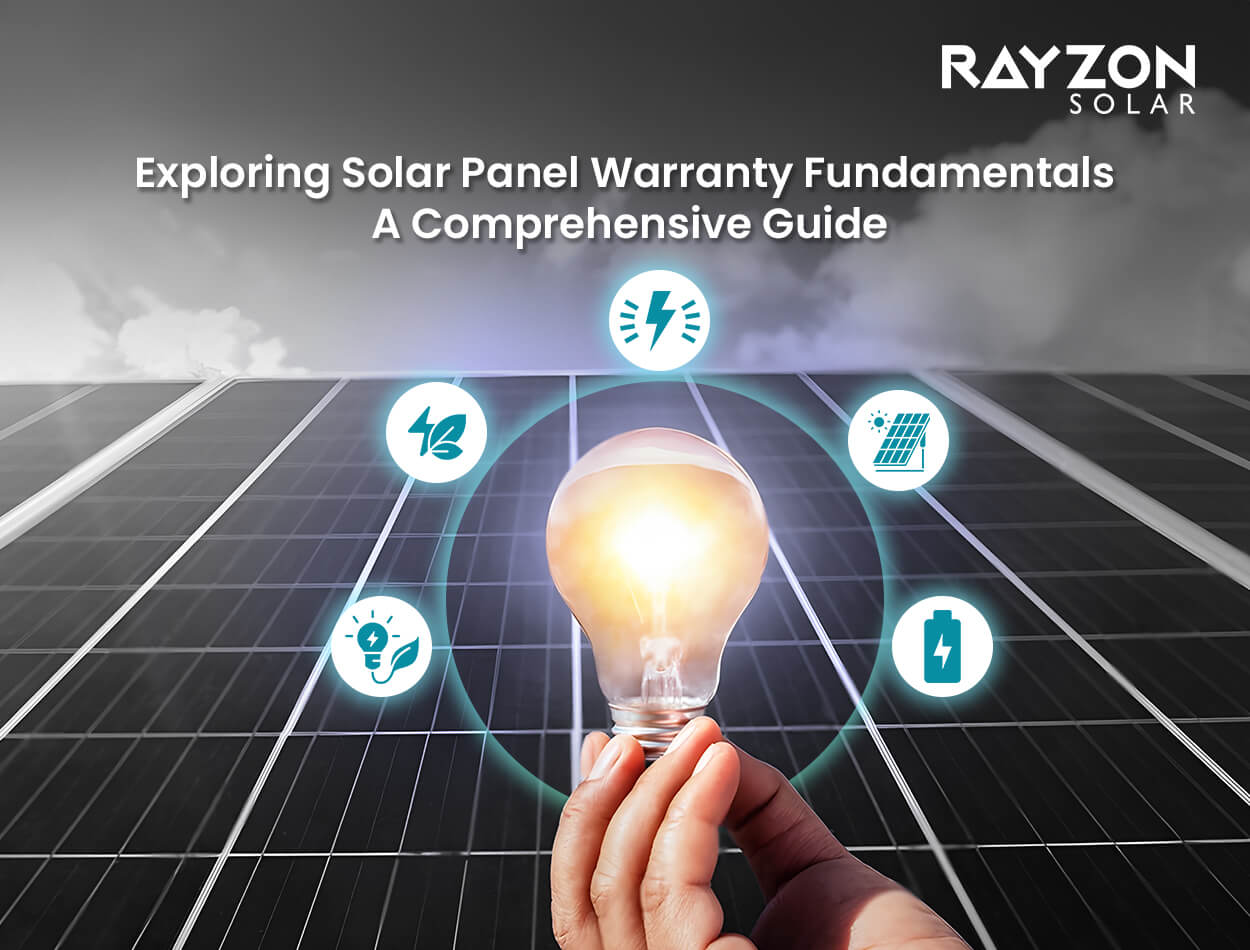
Do you Know How Solar Panel Work?
Have you ever looked at the solar panels on roofs and wondered exactly how solar panel work, and what they do? Well, those hi-tech sparkling glasses are actually a medium for converting sunlight into affordable electricity which lights up our home. Let’s take a simple look step by step at how solar panels work.
How Do Solar Panels Make Electricity?
Step 1. Sun rays activate the solar panel
Each panel is made up of a layer of silicon cells, sandwiched between polymeric sheets, a glass casing surrounded by a special 40 mm aluminium frame, and wiring. For more effect, the panels are all together into an ordered series and placed in a large open place. Solar cells, also referred to as photovoltaic cells, absorb sun rays during day time.
STEP 2: Electric Current Produced by Photovoltaic Cells.
![]()
The silicon solar cell is made from a thin silicon wafer cut from the ingot. To understand the cell in a simple way, we can say that the cell has two layers – the top layer contains small amounts of Phosphorus which give it a negative charge while the bottom layer contains Boron which gives it a positive charge and an electric field is generated due to the different charges in the two layers. When sunlight falls on the solar cell, free electrons are generated which are guided by the electric field to the metallic contacts at the top of the solar cells and conducted to the outside of the panel through the cables and connectors, resulting in the flow of electric current.
Step 3: Converting Electric Energy
Now, we all know the process of converting sun rays to electricity through solar panels, but the electricity which is generated through the solar panel is in DC (direct current) form, which is not compatible with our appliances that are built to work on AC (alternating current). Fortunately, it is possible to convert DC electricity to AC electricity using inverters. In the era of innovation, these inverters are designed to cater to the entire PV system or for an individual module (micro-inverters can be attached behind the solar panels).
Step 4: Electricity flows to our home and other electronic devices.
Inverters transform DC electricity from solar panels to AC in our homes, which work exactly the same way as the electricity generated through electric utility companies like Torrent, DGVCL, etc., so nothing within the home needs to change. Since you still remain connected to your traditional power company, you can automatically draw additional electricity from the grid to supplement any solar shortages.
Step 5: A meter is use to Measure Usage
if you have a grid-tied system, the net meters track the solar generation and the household electricity consumption, so you can even earn from the surplus energy produced by your solar panels, if your consumption is less than the production. you can avail of this benefit under the government policy in Gujarat name Surya Urja Rooftop Yojana , and each state has different policies and terms & conditions.
Conclusion:
If you want to save money on electricity and reduce your carbon footprint, don’t delay investing in renewable energy. Rayzon Solar gives you a 27-year warranty on a solar panel with the best quote from installers in your area. Our solar modules have passed all certification tests and our Quality team continuously monitors the production process to ensure the highest quality and compliance with all relevant IEC (International Electrotechnical Commission) standards.
So what are you waiting for – go green, go solar, and get started with your own clean energy journey with Rayzon Energies today!



